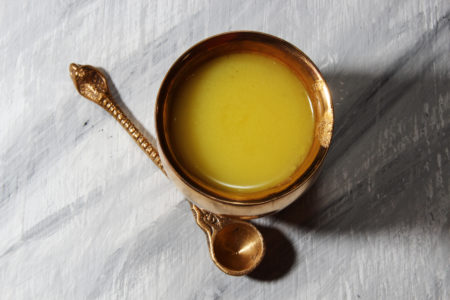Origin India: Discovering The Wild Tea Forest of Assam
Pradip Baruah was born curious. He spends much of his time in the office and lab as chief advisory officer at the Tocklai Tea Research Institute (TRI) in Jorhat, Assam, but loves an adventure whenever the opportunity arises. In January he fulfilled one of his long held dreams on a walk into the jungles of Assam where he photographed an ancient wild forest of Camellia Assamica, a species of large-leaf tea distinct from China’s Camellia Sinensis.















